After the software update to version 16.3 of the HomePod mini, new temperature and humidity sensors are displayed in Apple Home. However, they are different from other HomeKit climate sensors.
Back in March 2021, we reported that the HomePod mini has temperature and humidity sensors built in. Almost two years later, Apple will also make these sensors available in Apple Home with software version 16.3.
Currently, the software is only available as a beta. The version will be available for all users with the launch of the new HomePod on February 3 at the latest.
Sensors not usable via other HomeKit apps
After installing version 16.3, the sensors appear in Apple’s Home app and are also available in automations there.

However, AirPlay 2 speakers can be controlled exclusively via Apple’s Home app. Third-party developers do not have access to speakers. Therefore, it is not surprising that the new temperature and humidity sensors of the HomePods cannot be used via other HomeKit apps.
This means that the sensors can only be used in automation to a limited extent. The sensors can be used as triggers, for example when the humidity rises above 70%.
The situation is different for conditions, since Apple only offers them in its own app to a very limited extent. There is no way around converting the automation to a shortcut here.
Ambient temperature has to be right
Another limitation, which should only affect a few users, is the environment requirements. Apple itself states that the sensors are most accurate at an ambient temperature of 15 to 30°C and a relative humidity between 30 and 70%.
Our HomePod mini in our camper shows how inaccurate the readings become at lower temperatures. The Aqara TVOC sensor currently shows a temperature of 0.5°C there. The HomePod mini, on the other hand, measures 11°C.

The reason is the waste heat that the device radiates during operation. The calibration that the HomePod initially performs after a restart is of no use. The humidity values also differ by as much as 24%. At this point it should be noted that the devices are located next to each other.
However, as mentioned before, this should not be relevant for most users. Therefore, we are of course happy that Apple has finally made the sensors available after two years.



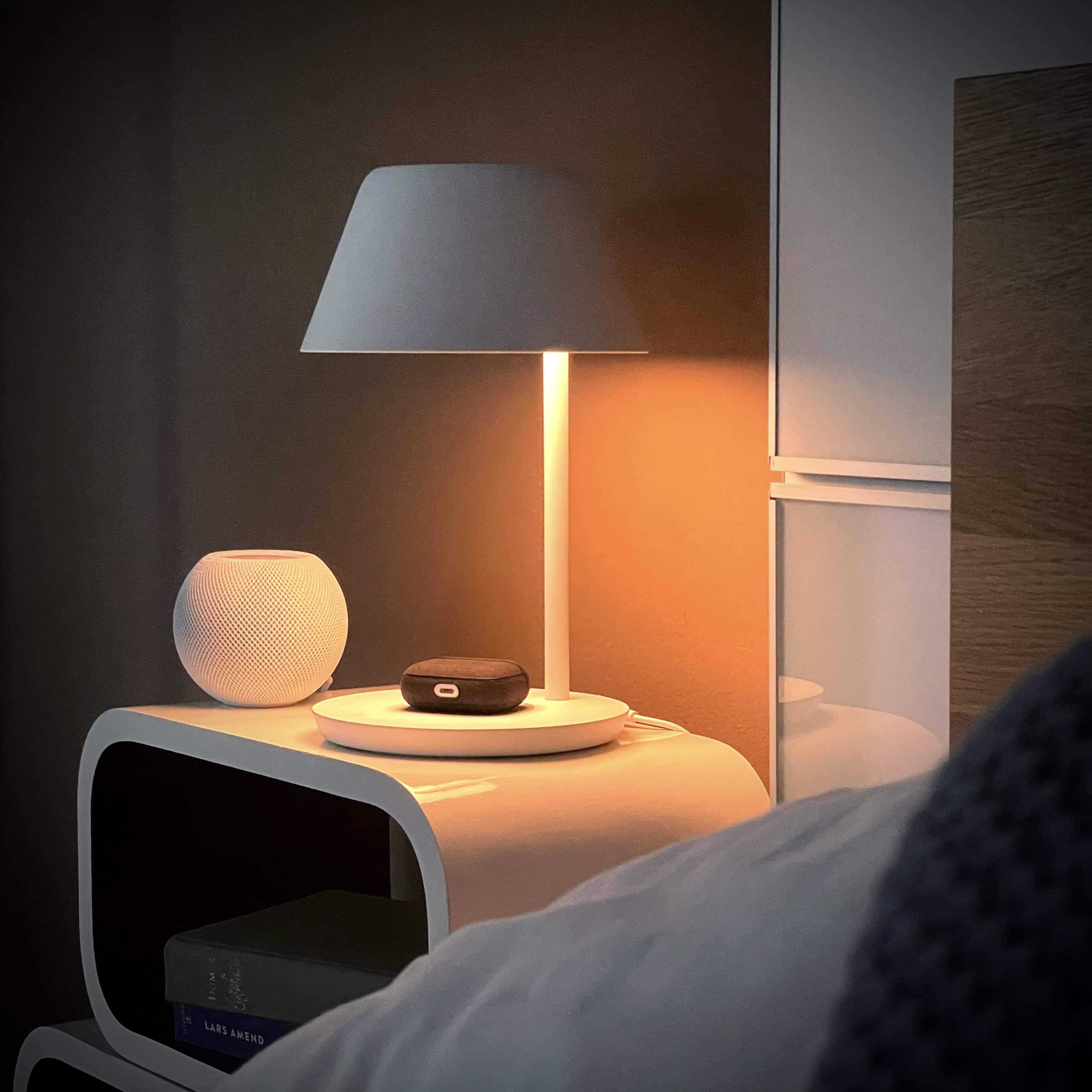

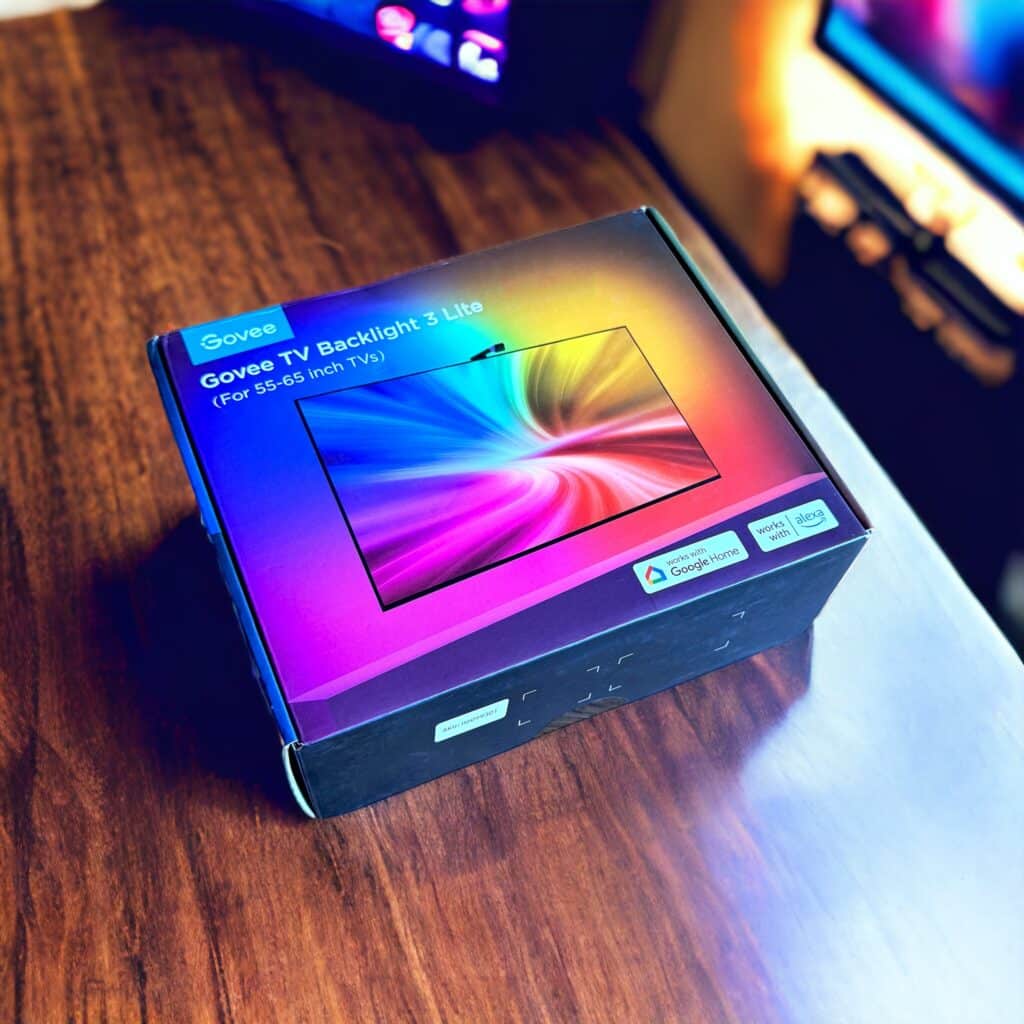
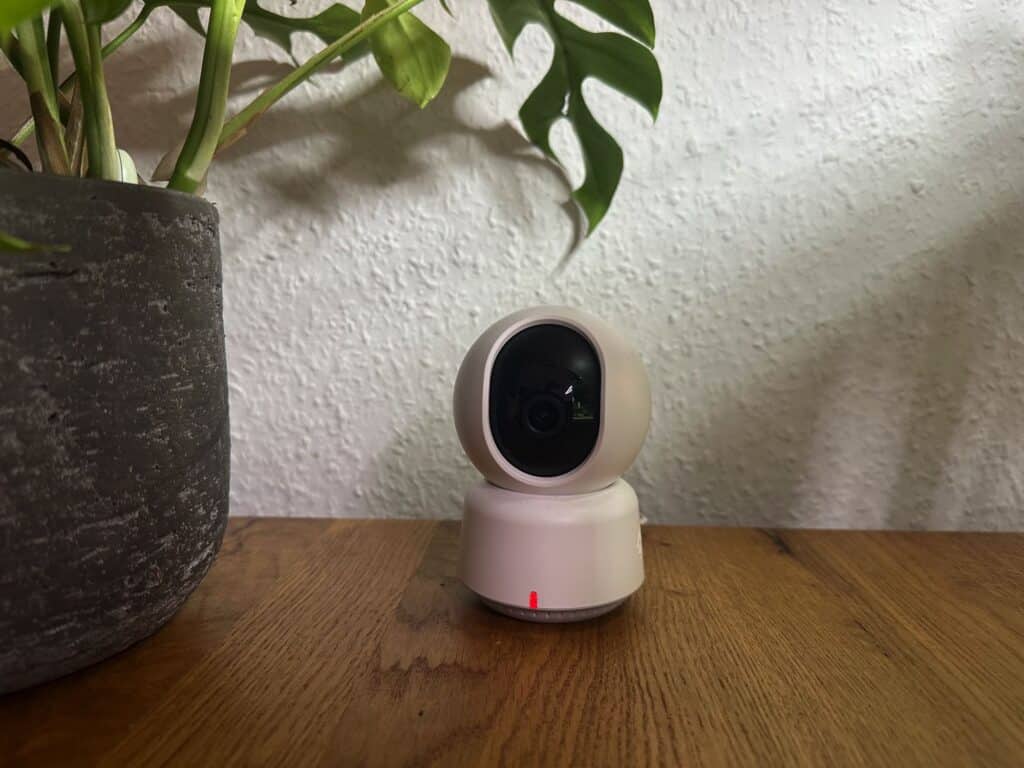
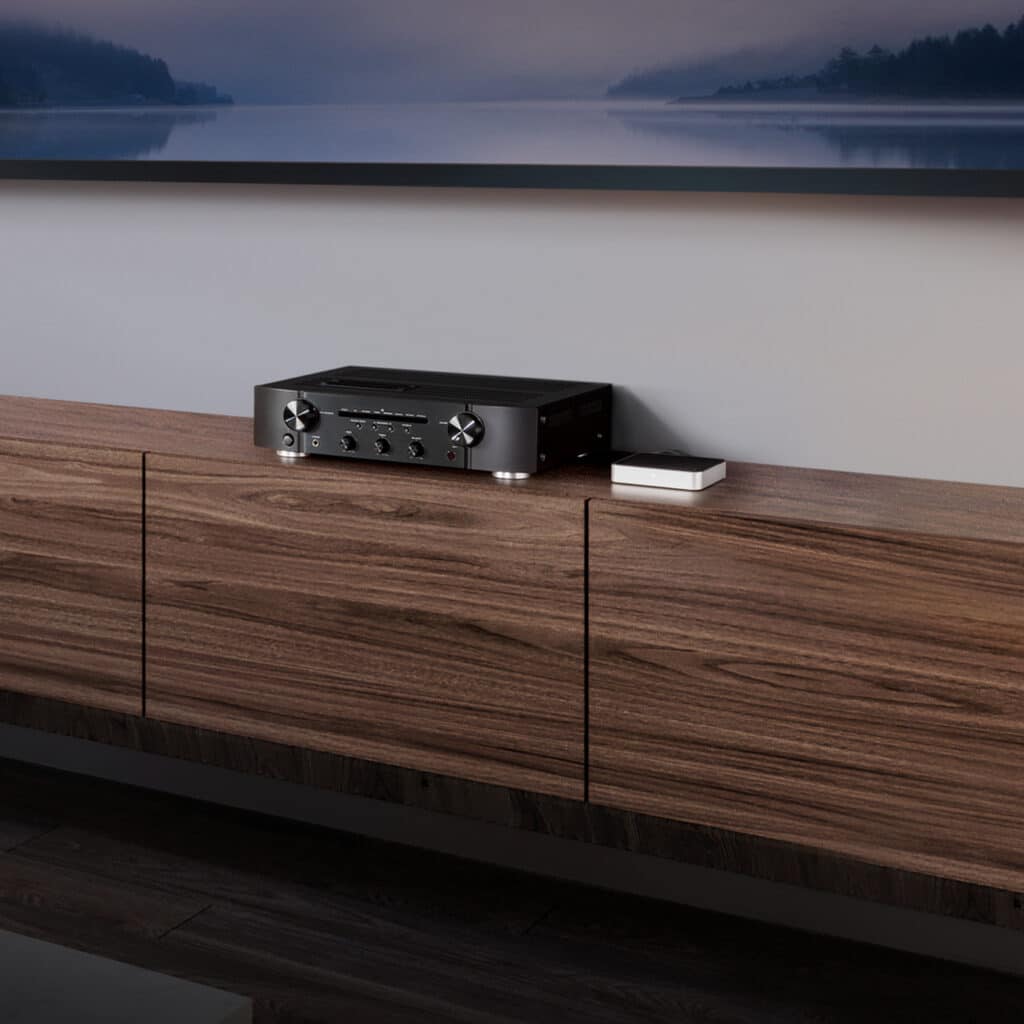
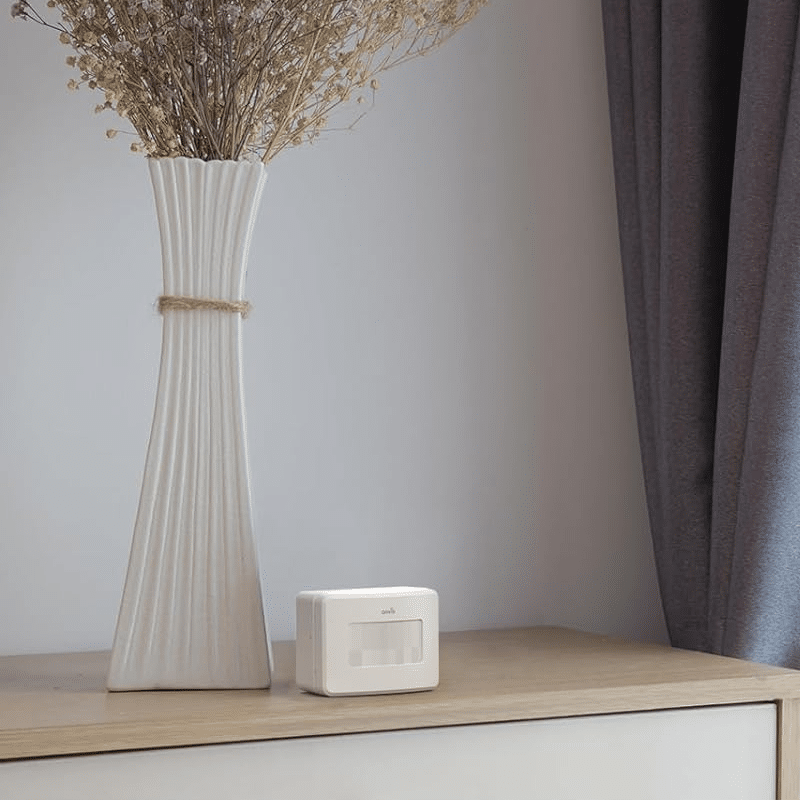
Leave a Reply